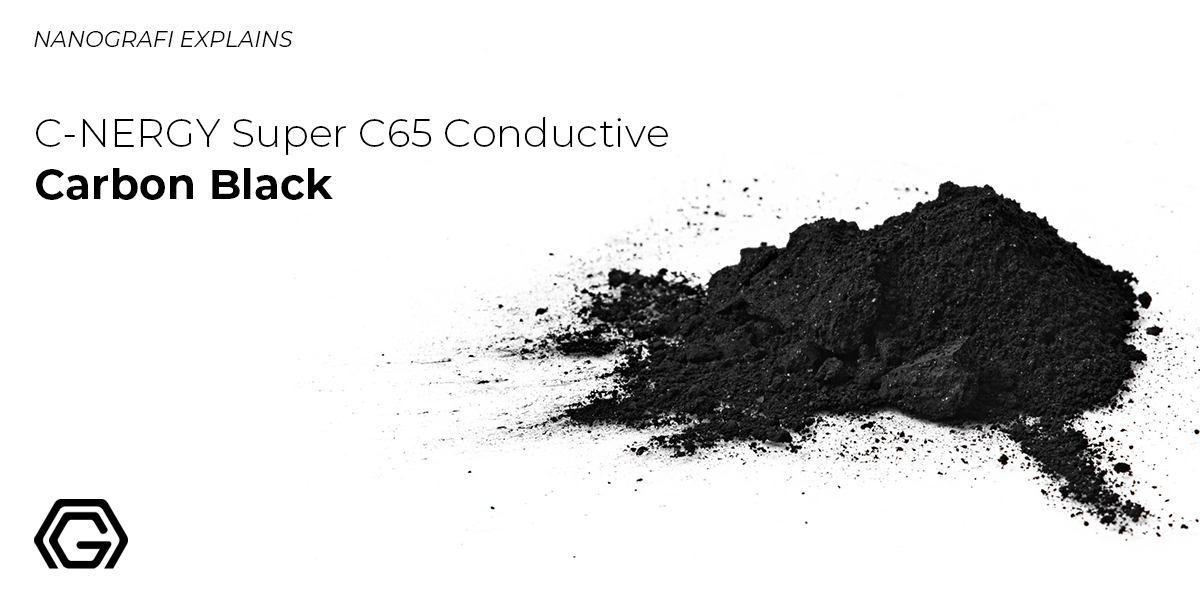Carbon black is virtually pure elemental carbon in the form of colloidal particles that is composed of fine particles consisting mainly of carbon. Its physical appearance is that of a black, finely divided pellet or powder. Carbon black, any of a group of intensely black, finely divided forms of amorphous carbon, usually obtained as soot from partial combustion of hydrocarbons.

The term "carbon black" originated in the 1870's, when products manufactured from natural gas were sold under this name. Carbon black was called "soot" in the west and "shouen" in the east. Carbon black was used for writing letters on papyrus in ancient Egypt and on bamboo strips in ancient China. Carbon black production became a type of cottage industry about the time when the paper production method was established in the second century. In the 1740's, plant production started in the United States, and because of the production method used, it was then called "lampblack." It then became widely used in industries after it was produced with the channel process in 1892 and Since the mid-1970s, most carbon black has been produced by the oil furnace process, which is most often referred to as furnace black.
Among the most finely divided materials known, carbon blacks vary widely in particle size depending on the process by which they are made. Two carbon black manufacturing processes (furnace black and thermal black) produce nearly all of the world's carbon blacks, with the furnace black process being the most common. Furnace blacks are made in refractory chambers by incomplete combustion of any of various types of gaseous or liquid hydrocarbons. Channel or impingement black is made by the impingement of smoky flames from tiny jets on iron channels; the deposited black is scraped off by moving the channels over stationary scrapers. Thermal blacks are produced in the absence of air when hydrocarbons are decomposed by contact with heated refractories. Lampblack, the oldest known black pigment, is produced by burning oil, usually coal-tar creosote, in shallow pans, in a furnace with the draft regulated to give a heavy smoke cloud. Acetylene black is produced in refractory chambers in the absence of air by the decomposition of acetylene gas preheated to 800° C (1,500° F). It is used in applications requiring high electrical conductivity, such as dry cells. Carbon black particles are usually spherical in shape and less regularly crystalline than graphite. Carbon black changes into graphite if heated at 3,000° C (5,400° F) for a prolonged period.
Carbon black is also in the top 50 industrial chemicals manufactured worldwide, based on annual tonnage. Current worldwide production is about 18 billion pounds per year [8.1 million metric tons]. Approximately 90% of carbon black is used in rubber applications, 9% as a pigment, and the remaining 1% as an essential ingredient in hundreds of diverse applications. Modern carbon black products are direct descendants of early "lamp blacks" first produced by the Chinese over 3,500 years ago. These early lamp blacks were not very pure and differed greatly in their chemical composition from current carbon blacks.
Carbon Black Applications:
Carbon black is used in automobile tires.
Carbon black is used in printing inks, paints and toners.
Carbon black is used in protective coatings.
Carbon black is used in antistatic films and fibers.
Carbon black is used in protective coatings, plastics and resistors.
Comments
Post a Comment